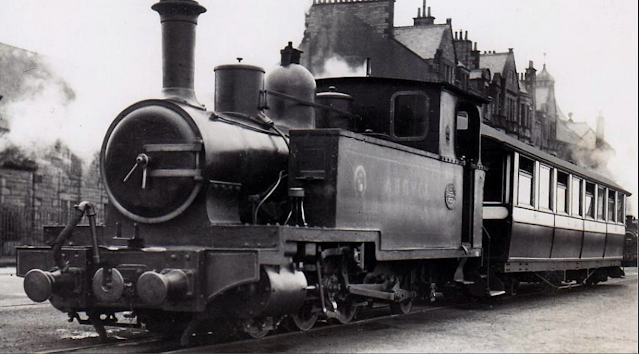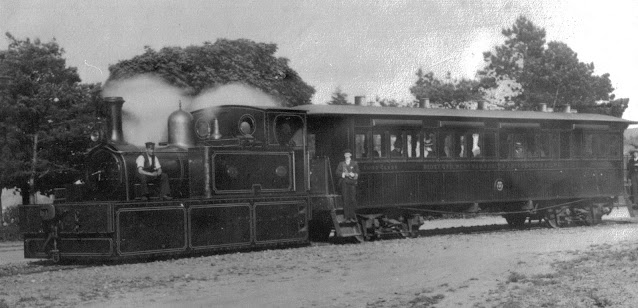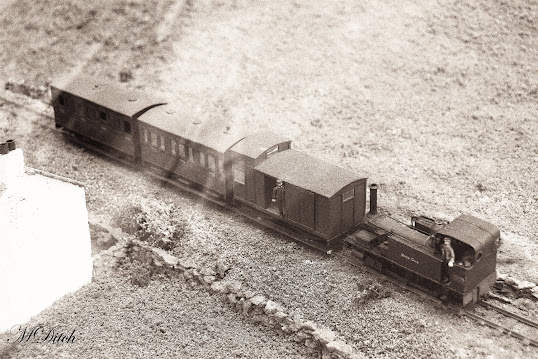Campbeltown and Machrihanish Light Railway

Campbeltown and Machrihanish Light Railway Campbeltown and Machrihanish Light Railway - Argyll - 0-6-2T built 1906 by Andrew Barclay - 2ft 3inch light railway built in 1905 and closed in 1933 | The railway in its earliest form opened in 1876 linking Kilkivan Pit to a depot on the outskirts of Campbeltown. From here the coal was transported by road to the Campbeltown harbour. The railway replaced a canal which was built by in the late 1700s. The canal was closed and filled due to the inconsistent output from the pits it was built to serve. The primary market for coal from the pits were from locals, who only seemed to buy the coal in the colder winter months, meaning the railway was underused during summer months. Because of this, the colliery owners began to look for additional forms of traffic for the railway. The area was popular with tourists who arrived by boat and were transported around via horse & cart. A light railway company (The Association of Argyll Railw...


